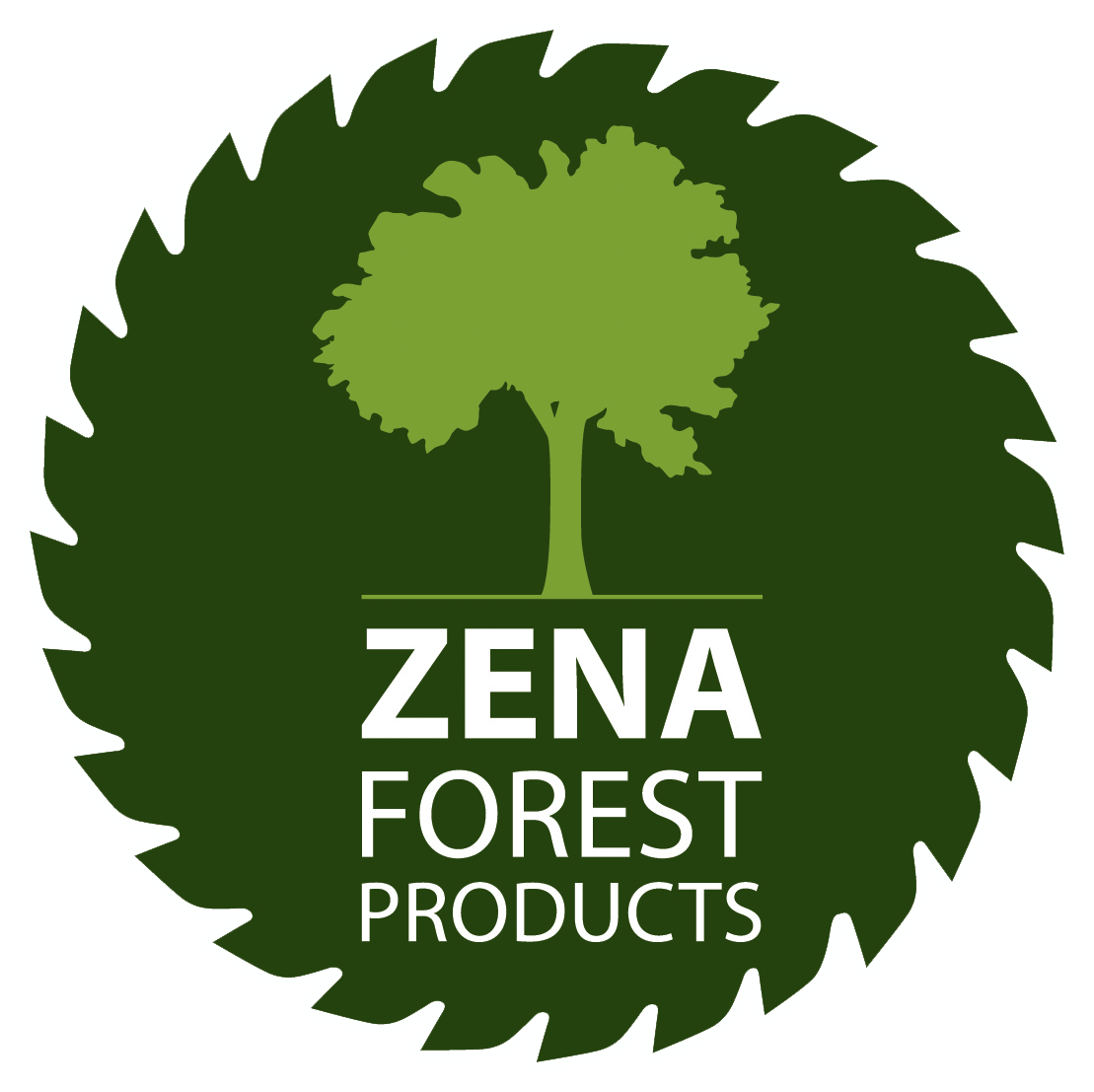The Janka Scale: Let’s Talk Density
For those who are not familiar with the Janka Scale or how it pertains to wood and flooring this rating not only distinguishes what your needs are in the end-product, it can also determine the aesthetic you want to achieve. Before we discuss how Janka can affect your choice of design and product, let’s clarify just what exactly is the Janka Scale?
Janka hardness rating is defined by Wikipedia as :
“The Janka hardness test (English: /ˈdʒæŋkə/; German: [ˈjaŋka]), created by Austrian-born American researcher Gabriel Janka (1864–1932), measures the resistance of a sample of wood to denting and wear. ... A common use of Janka hardness ratings is to determine whether a species is suitable for use as flooring.”
To give you a little better idea of how this is performed, to issue the janka hardness test the lab embeds a steel ball bearing that measures 0.444 inches in diameter to ½ the depth of the ball. You then record the amount of force required to do that and that gives you a scale of density/durability.
So what does all this mean for your flooring and how would it pertain to your own decision making process on which hardwood species to select? When we are determining the right product for our clients, one of the first questions that we like to ask is how is this space going to be used? The amount of traffic on a surface is important to consider; then, what kind of ultimate aesthetic is desired for the space, (ie. rustic, farmhouse contemporary, and the list goes on..).
Species Specs
Take for instance our Oregon white oak vs our Western bigleaf maple. Both are wonderful options for hardwood flooring, and their Janka ratings can help you decide which is best for your home. The Janka rating of the oak is quite high: 1660. This makes it very durable, perfect for a high traffic area. Our native maple's lower Janka rating means it's better in lower traffic areas, or if you're looking for something that will develop a patina of wear relatively quickly.
As we can see from the above image, maple can be the perfect option for a space that intends to have a more lived-in feel.
Let’s take a closer look at where the most commonly used species fall on this scale:
Janka Scale:
Red Alder - 590
Douglas Fir - 660
Western Maple - 850
Oregon Ash - 1160
Red Oak - 1290
Eastern White Oak - 1360
Eastern Hard Maple - 1450
Pacific Madrone - 1460
Oregon White Oak - 1660
Black Locust - 1700
Hickory - 1820
We know that while all these factors are important to our decision, we hope they are not the only goal. Sourcing what is sustainably available to us in our local area is what keeps our business in operation and allows us to form relationships with individuals who share our passion for local wood, with the desire to help in the preservation of our precious natural resource for future generations to come.
Kindest Regards,
Shannon Wanamaker - Director of Sales and Marketing
FSC* Certified Forest






